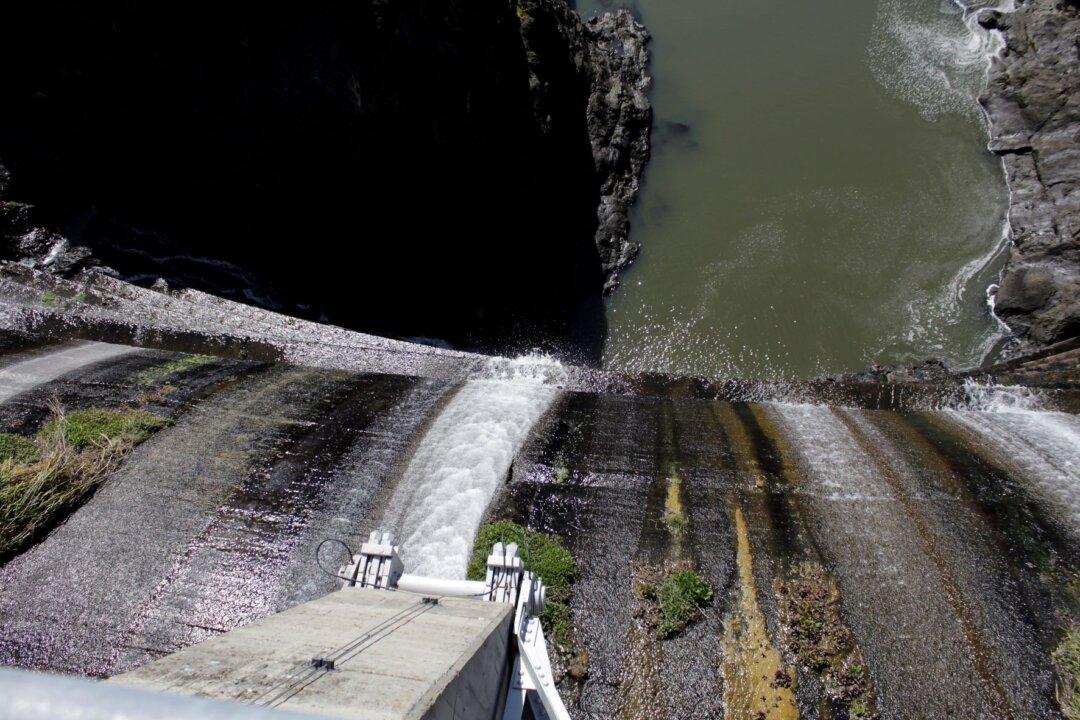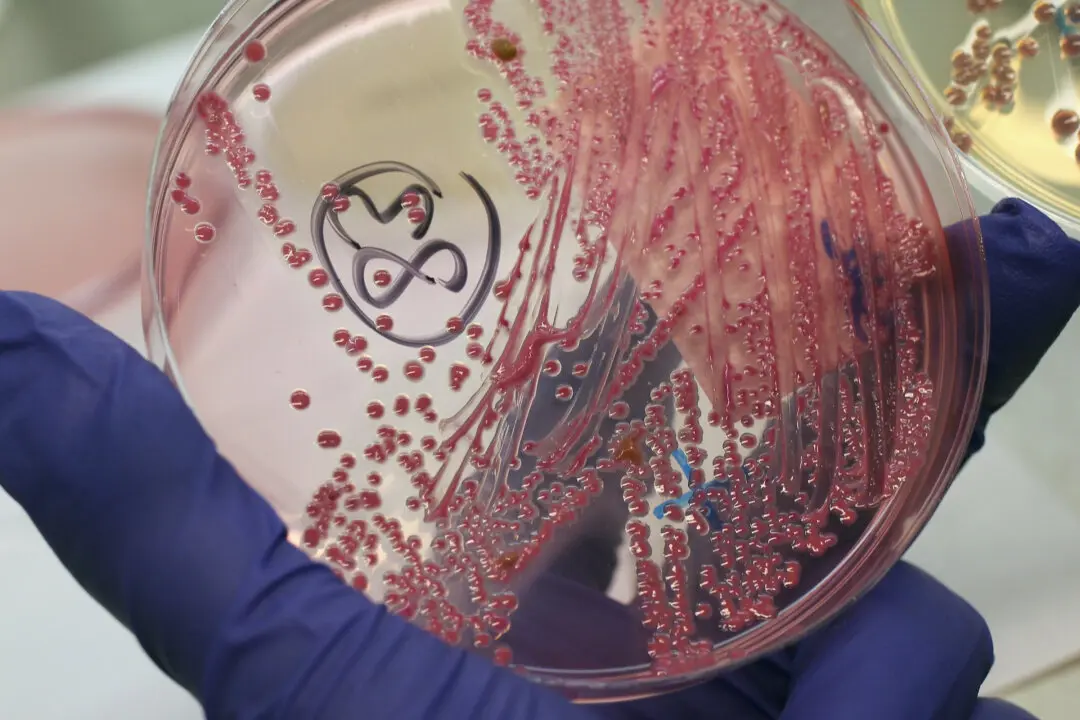Siskiyou County, in the northernmost part of California, declared a state of emergency on March 26 and requested state assistance to help residents affected by the state’s dam removal project on the Klamath River.
Since January, residents living along the river have watched as the 100-year-old Copco Lake disappeared after the state began drawing down dams along the bi-state waterway. The state’s plan to remove four dams along the river is part of its strategy to restore salmon fisheries and habitat.





